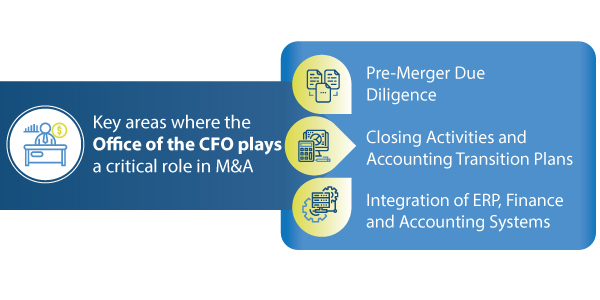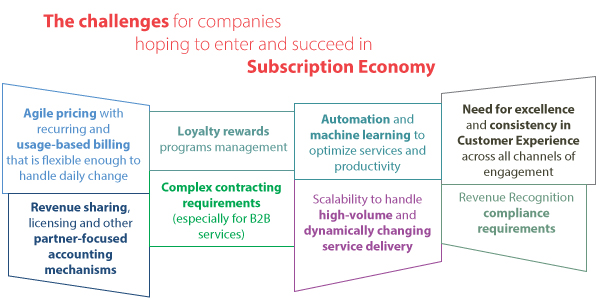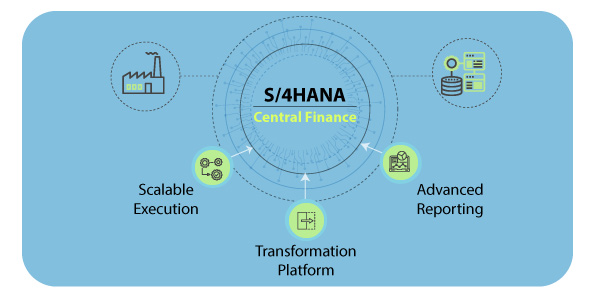SAP Central Finance (CFIN) offers an excellent pathway to jumpstart your S/4HANA journey by providing an efficient and agnostic platform for integrating visibility and financial reporting across diverse ERP landscapes. However, if the data isn't accurate and doesn't flow properly you won't achieve the results you want.

Data Mastery and Central Finance Will Be Key to Finance Transformation Success














